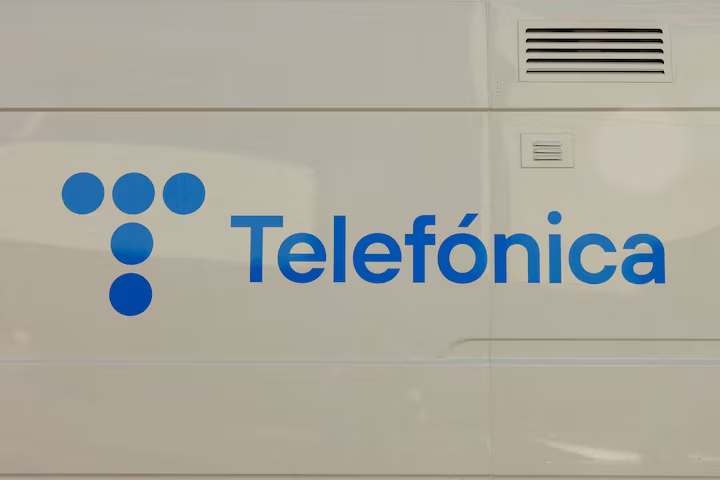Telecommunications giant Telefónica is investigating a possible cyberattack after customer data allegedly belonging to its Peruvian operations surfaced online, raising concerns over data security and regulatory compliance. The Spanish company confirmed on June 3 that it had launched an internal probe into the incident and was working with cybersecurity experts to assess the scope and origin of the breach.
The leaked data reportedly includes names, national identity numbers, addresses, and service information of thousands of users. According to local media reports and independent analysts, the information was posted on dark web forums and promoted by individuals claiming responsibility for the breach.
In a statement, Telefónica said it was taking the matter seriously. “We are investigating a potential unauthorized access to certain customer data in our Peru operation. We are currently verifying the authenticity of the leak and assessing any potential impact,” the company said. It also noted that appropriate authorities had been notified and that further updates would be provided once the investigation progressed.
Peru’s data protection agency, the National Authority for the Protection of Personal Data (ANPD), announced it had opened a formal inquiry and requested Telefónica to submit a full incident report within 72 hours. The agency emphasized that any confirmed violation could trigger administrative sanctions, including fines or additional oversight.
The breach comes at a time of heightened sensitivity around cybersecurity in Latin America, where telecom companies are frequent targets due to the vast amounts of personal and financial information they manage. If confirmed, this would be one of the largest data exposures in Peru in recent years.
Telefónica, which operates in multiple Latin American markets under the Movistar brand, is one of the largest telecom providers in the region. The company has not confirmed how many users may have been affected but said it had initiated precautionary measures, including system audits, network monitoring, and user notifications.
Cybersecurity experts noted that the breach could have occurred weeks or even months before being detected, a common pattern in large-scale cyberattacks. “The early signs suggest this may have been the result of credential compromise or a vulnerability in a customer-facing system,” said Arturo Campos, a cybersecurity analyst based in Lima.
As speculation mounts over the motive and identity of the attackers, some reports point to the involvement of hacker groups seeking to expose vulnerabilities in corporate systems or gain leverage for ransom. However, there has been no official confirmation of ransomware demands or attribution to specific actors.
The incident has sparked debate in Peru about digital safety and the need for stricter data governance. Consumer rights groups are demanding full transparency from Telefónica and stronger legal protections for citizens’ personal data. “Users have the right to know what information was compromised and what steps are being taken to protect them,” said Ana María Rivera, director of the Peruvian Consumers Association.
In recent years, Latin American countries have been increasing regulatory oversight of data protection, modeled after the European Union’s GDPR. Peru’s 2011 personal data law already mandates companies to safeguard user information and promptly report any breaches, though enforcement has often lagged.
Telefónica emphasized it would cooperate fully with regulators and ensure affected users are informed of any confirmed breach. The company also encouraged customers to remain vigilant and to report suspicious activity related to their accounts.
As the investigation continues, the incident underscores the growing cybersecurity risks facing critical infrastructure providers and the need for robust defense measures to protect user privacy in an increasingly digital economy.
Source; Reuters



